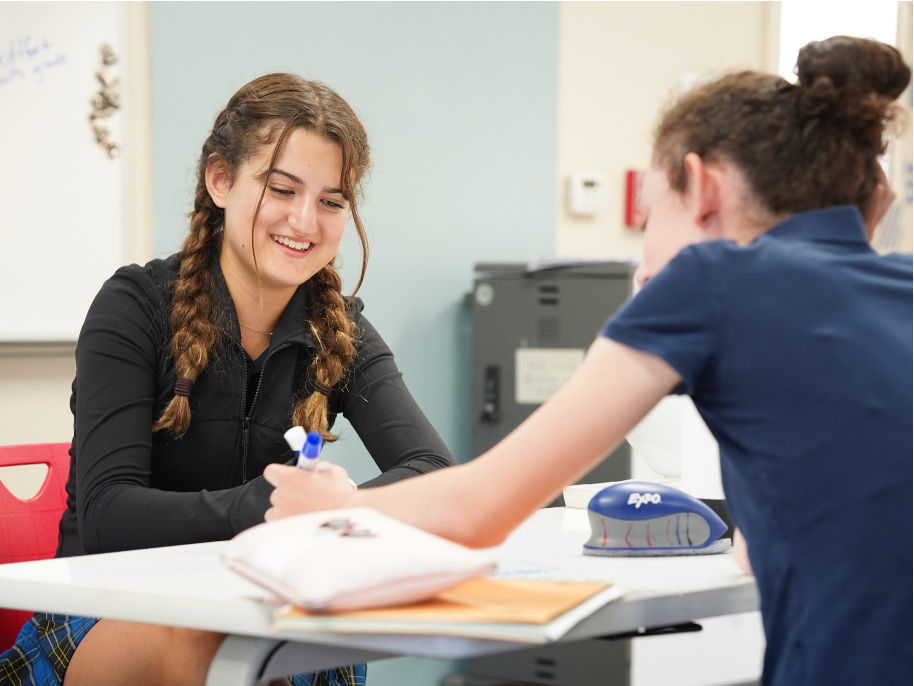“I get what the point of the ‘hook’ is, to get people to want to read it, but I don’t know what to actually write…”
This week, 8th grade writers, readers, and thinkers began their unit-end project for the book, March, a graphic novel personal narrative by the late Congressman John Lewis, co-written with Andrew Aydin, with artwork by Nate Powell. After writing multiple short literary analysis pieces on this book—practicing selection of evidence, proper formatting for citations, and crafting the introductions and analyses of selected quotes to support a central claim— students in this final project turn their attention to crafting their own personal narrative. Guided by a competency-based rubric, with support from graphic organizers, students this week used their own journal entries about the people, places, and issues that matter to them to select one central idea, connect it moments in their own lives, and influence their reader to feel the impact of the issue/idea they selected. Inspired by the life of Lewis as told in his book, students reflected on instances when they realized something was really important and they felt moved to act. They will choose one of two formats, five paragraph essay or mini graphic novel, or select the option to make the case to their teachers to accept their submission in another format.
Inspired by the life of Lewis as told in his book, students reflected on instances when they realized something was really important and they felt moved to act.
By end of next week, all students’ work will be on display in the Oak Room for a Museum Walk, attended by their grade level peers and staff throughout the community. A portion of their assessment centers on the craft of their piece, another on their evidence of revisions through the process, and finally, a portion will reflect the quality of feedback they offer their peers. During a work period this week, students borrowed ideas from texts in their class library and from the core text, filled in graphic organizers to scaffold and hone their thinking, and conferenced one-on-one with their teachers to refine their ideas.
From hooks, to small-moment selection, format questions, to how to move through writer’s block, students got both support and prompts for more challenge based on just what they needed. Some of their issues of choice include water pollution from nuclear reactors, gaps in educational equity, access to menstrual care products and education, the importance of family recipes to understand culture, and the ways soccer can bring people together and teach self-control. We can’t wait to see the glimpses these projects will give us into to way these authors think of their own journeys, their central purpose, and moments that have guided and inspired them to stand for something.

